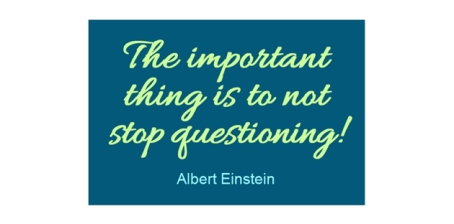The Ad Hominem Fallacy Fallacy
September 9, 2016 1 Comment

“…most often committed by those who
… accuse their opponents of ad hominem.”


Stephen Bond explains:
Here is Bond’s full explanation together with concrete examples of real ad hominems and misidentified ad hominems. These may help us distinguish situations when real ad hominem attacks occur from those in which we are merely offended. (Not to suggest that the latter do not require remedy, but the remedy isn’t to claim ad hominem victimhood.) To sum up, there are many ways to argue: with name calling as one of the least preferred methods and by offering sound arguments as the more rational—but not always most effective—approach. Ad hominem arguments do not rise to the level of either civility or reason. |

See also:
How to Disagree
by Paul Graham

 Paul Graham’s 2008 essay titled
Paul Graham’s 2008 essay titled 






